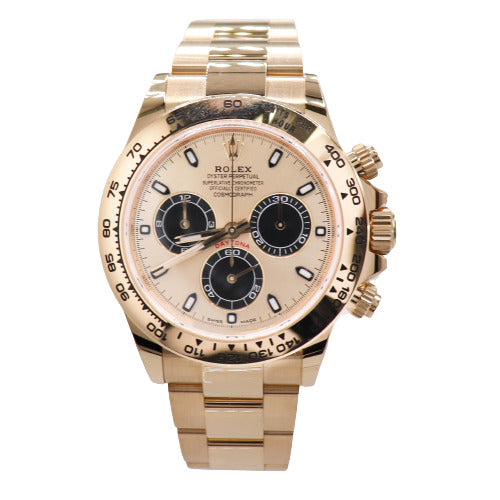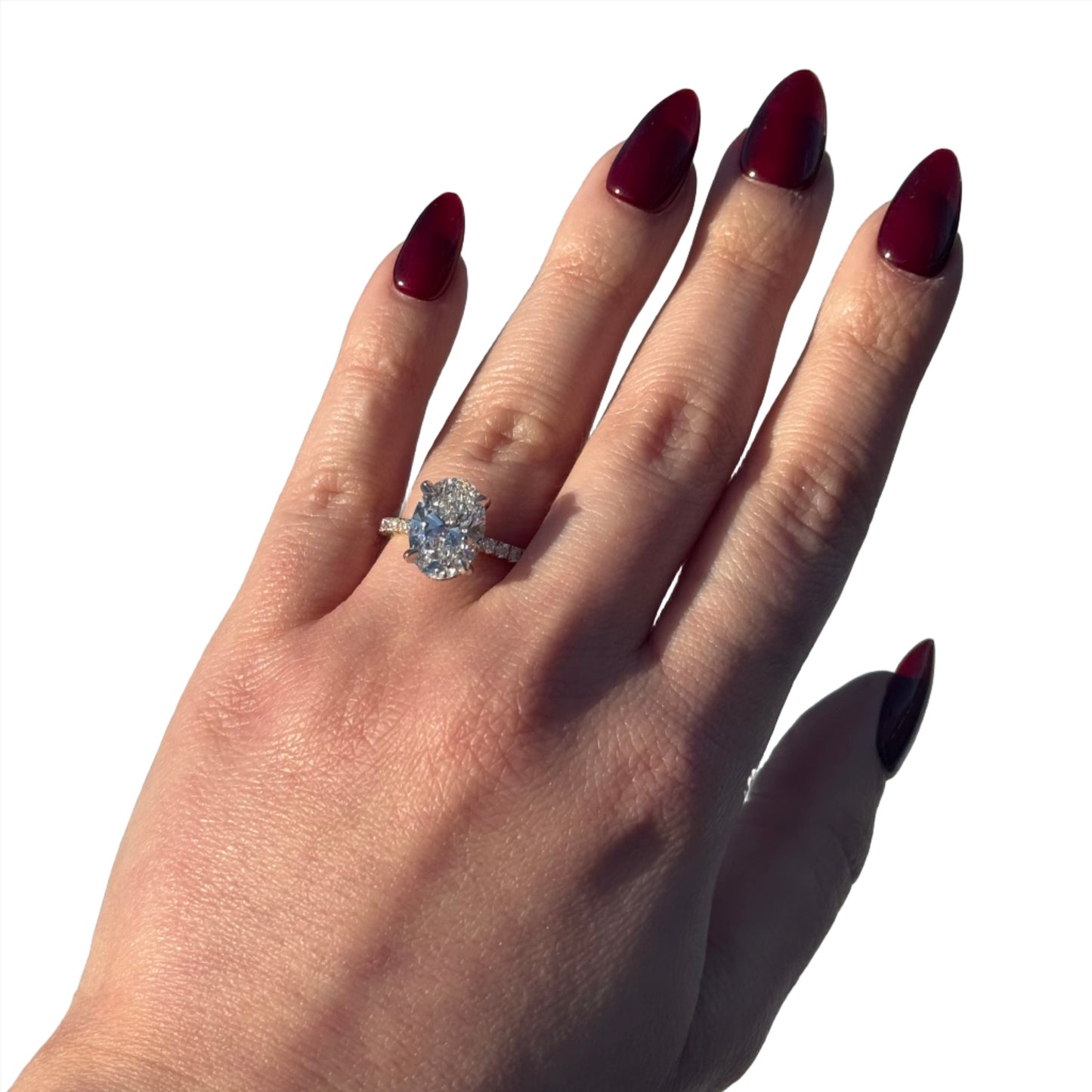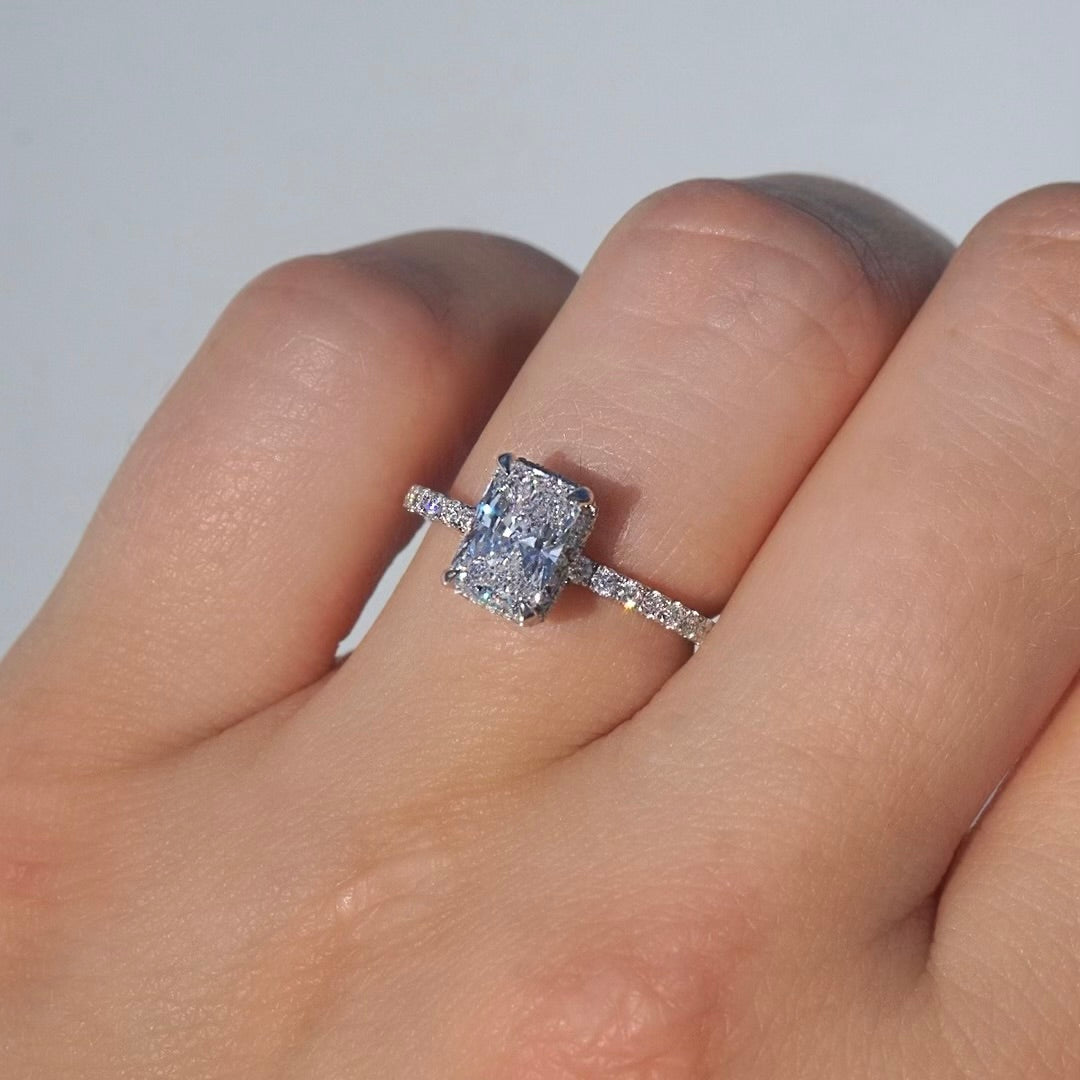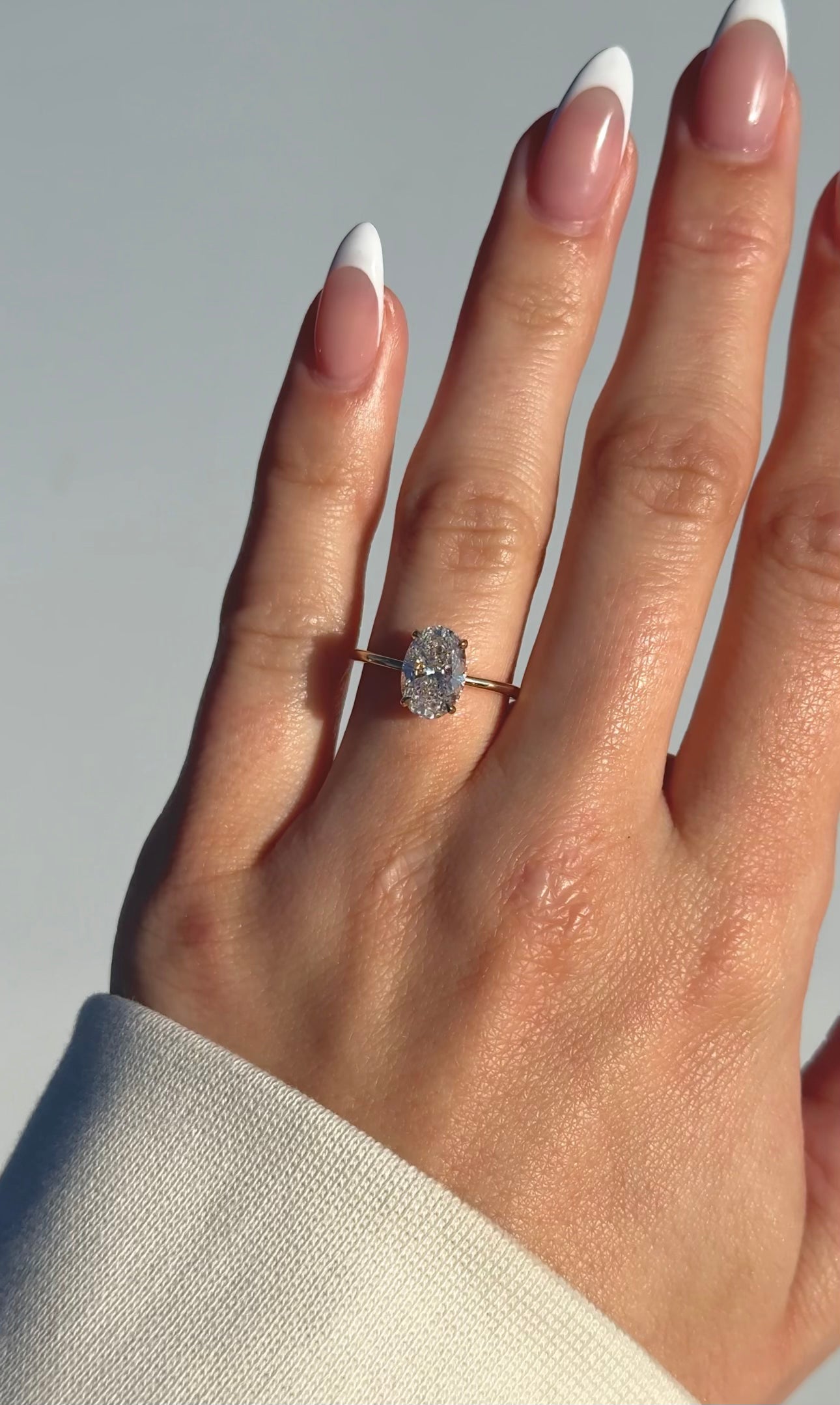
A chronograph watch is not only a beautiful luxury watch to wear at any time, but it’s also a multifunctional watch you can use for a variety of applications. If you need to time laps or use intervals, you can use a chronograph watch to do so. That’s because a chronograph watch has different dials, scales, and pushers that allow you to track different sets of time.
How to Use a Chronograph Watch
Understanding the Pushers
You first need to understand the two pushers on the watch. The pushers are what will start, stop, and reset the second hand on the dial to time the event.
You will press the top pusher on the watch to start the dial. It is typically located at the two o’clock indicator. This will start the second hand on the dial to begin moving. This will keep track of the elapsed time of the event you’re timing.
When you’re ready to stop timing the event, you will press the same top pusher as before. This will stop the second hand from ticking and stop the timer.
The pusher that is typically located at the four o’clock indicator will reset the chronograph to zero (the 12 o’clock marker). You will need to press the reset pusher at the end of every timed event so that you begin each timed event correctly. Failing to reset the chronograph back to zero can cause the event to be timed incorrectly.
Reading the Elapsed Time on a Chronograph Watch
It can be confusing when you’re first using a chronograph watch. There are dials, pushers, and scales that all perform different functions.
Once you know how the pushers work to start and stop the chronograph function, you’ll need to know how to read the elapsed time on the chronograph watch.
The elapsed time will be displayed on each subdial shown on the watch face.
Depending on the style of chronograph watch you have will determine how much time you can measure.
For example, some chronograph watches may only measure up to 30 minutes at a time, while others can measure up to 12 hours. The subdials are what lets you know the exact elapsed time of the event you’re timing.
Each subdial will measure its own respective amount of time. One subdial will measure seconds, another subdial will measure minutes, and if there is a third subdial, it will measure hours.
When you hit the top pusher to start the chronograph, the second hand in the subdial will begin moving. Once it has moved 60 seconds mark, the minute hand will tick one minute on the minute subdial.
If your chronograph watch has a third subdial to measure hours and the elapsed time has reached 60 minutes, the hour hand on the subdial will tick one hour.
When you’re ready to stop timing the event, you will press the two o’clock pusher again, stopping all of the hands in the subdials from moving; where the subdial chronograph hand lands is how you read the elapsed time.
Let’s say you have a chronograph watch with three subdials to measure seconds, minutes, and hours, and you have measured the time of an event that lasted for one hour, 45 minutes, and 30 seconds.
The hour hand of the subdial will point to one hour, the minutes subdial will point to 45 minutes, and the seconds subdial will point to 30 seconds. That’s how you read the elapsed time that has been measured using a chronograph watch.
When you’re ready to time the next event, simply press the pusher button located at four o’clock, and it will reset all of the hands on the subdials back to zero.
Using the Tachymeter Scale on a Chronograph Watch
The other main feature of a chronograph timepiece is the tachymeter scale. The tachymeter scale is used to measure distance in relation to time. Specifically, the speed it would take to travel between two points.
If you’re simply timing someone making laps around a track to see if they can improve their speed, you can then use the pushers and subdials without using the tachymeter scale. You’ll want to use the tachymeter scale on your chronograph watch when you need to measure distance in relation to time and speed.
A tachymeter scale on a chronograph timepiece is great for calculating the speed you need to travel in a certain amount of time between two points.
To use it, you will start the chronograph at the starting marker of the distance you’re measuring for your speed and time calculation. The next marker will show the point on the scale that indicates the speed in the distance of travel it took to make it to the next marker.
You likely won’t use a tachymeter scale on a chronograph watch as much as you will use the chronograph itself, but it’s a nice feature to have on your chronograph watch if you need to measure distance, time, and speed.
Final Thoughts
We hope this has helped you understand how a chronograph luxury watch works and why it is a great addition to your watch collection. We have a variety of chronograph watches you can choose from if you’re ready to make a purchase today!




